With such a high price, the buds of this plant have become one of the most expensive vegetables in the world today.
Discarded Flower Buds
What we are referring to is the hop flower buds, specifically the buds of the hop flower. The hop (scientific name: Humulus lupulus) is a climbing plant in the Cannabaceae family. The hop was scientifically described for the first time in 1753. It is a perennial plant, with an average height of 10 to 15 meters. Hops have separate male and female flowers on different plants. The hop’s original habitat is wild in certain parts of Europe, ranging from riverbanks to deep in the forests. Later, people brought them home to cultivate and care for them in gardens.
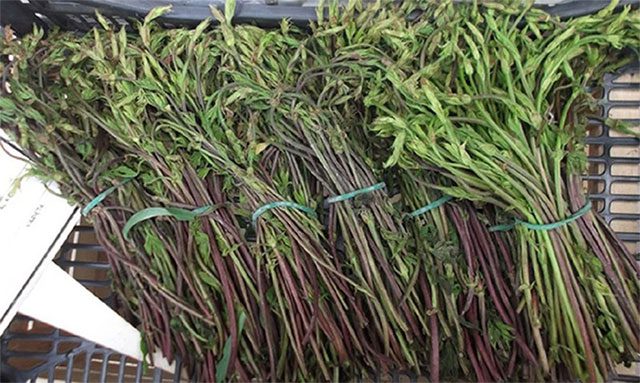
Hop flower buds are part of the hop plant. (Photo: Pixabay).
It has been used to impart bitterness to beer since the 17th century, but only the unfertilized female flowers are used. Hops have antibiotic effects that enhance yeast activity against unwanted microorganisms. Additionally, the use of hops helps beer maintain its foam longer.
Hop flower buds are a part of the hop plant. These are young buds that do not bloom into flowers. Hop flower buds have a green and reddish color. At first glance, hop flower buds may resemble asparagus, but their taste is entirely different. In the past, when the global beer industry was just developing, these young buds were often considered waste and discarded. However, surprisingly, today, hop flower buds have become one of the most expensive vegetables in the world. Hop flower buds are sold for prices ranging from $1,000 to $1,500 (equivalent to 23-35 million VND) per kilogram. What is the reason behind this?
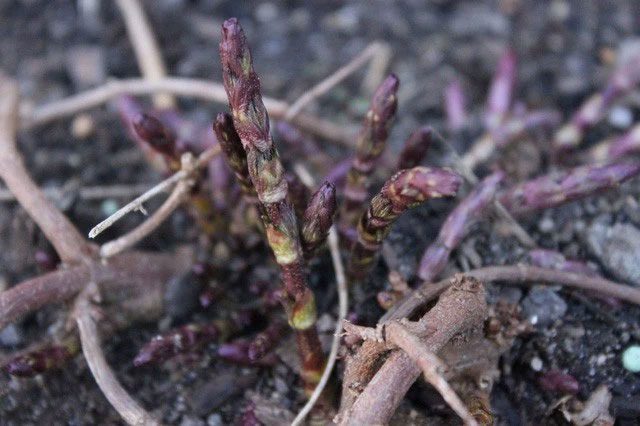
Hop flower buds are very rare, leading to their high price. (Photo: Pixabay).
Becoming the Most Expensive Vegetable in the World
According to botanical experts, there are many reasons that make hop flower buds so expensive. One of them is the rarity of this plant.
First, hops only bloom once a year in the spring. They sprout around mid-February to March.
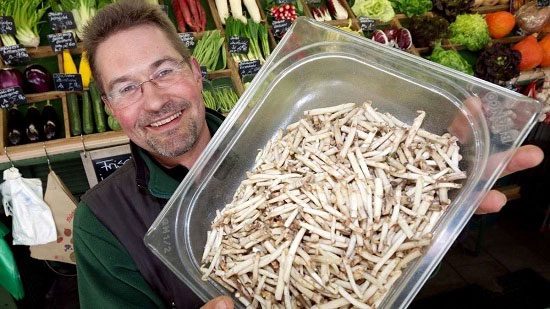
Hop flower buds only sprout once a year. (Photo: Pixabay).
Second, hop flower buds can only be grown in cold regions. They require 5 to 6 weeks of living in near-freezing temperatures to develop optimally. Therefore, hop flower buds are only cultivated in England, Belgium, and the Netherlands.
Third, the lifespan of hop flower buds is very short. Growers only have 14 days from the time the hops sprout to harvest them before they spoil and become unusable. Moreover, the harvesting process of hop flower buds requires a lot of time and precision. They can only be harvested by hand as they do not grow in neat rows. Furthermore, they are quite small and often hidden among the foliage, so farmers must exert significant effort to obtain even a small amount.
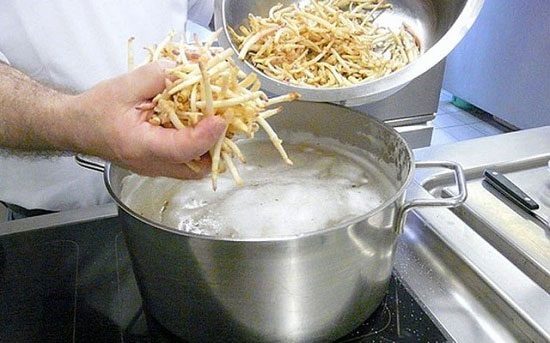
Hop flower buds are often used to prepare gourmet and expensive dishes. (Photo: Pixabay).
Fourth, after harvesting, hop flower buds must be stored in the best conditions to preserve their quality.
Fifth, hop flower buds have a very enticing flavor. When eaten raw, they can be quite bitter and taste like green peas. However, when cooked, this vegetable delivers a unique “natural” flavor. Thus, hop flower buds are considered an excellent ingredient for chefs. Many renowned chefs have chosen and used them in their dishes to establish their reputations.
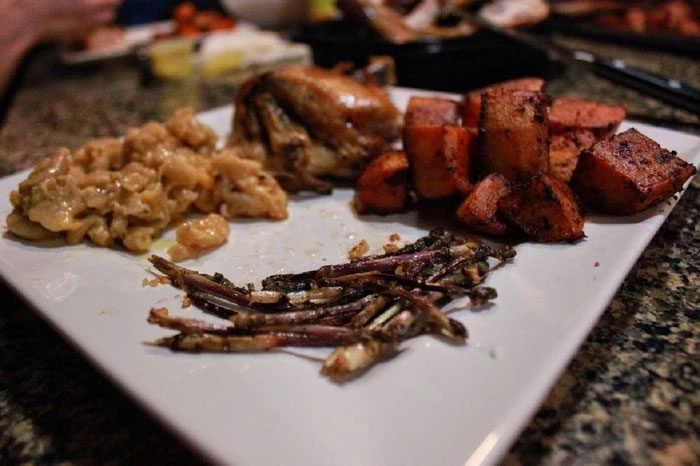
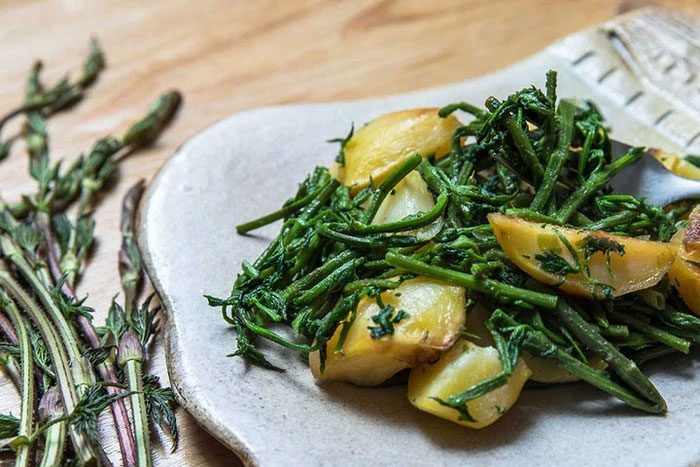
Many renowned chefs have chosen and used hop flower buds in their dishes to establish their reputations. (Photo: Pixabay).
They are often purchased by luxury restaurants and hotels to prepare expensive dishes for the wealthy. Diners enjoying dishes made from hops are those willing to spend several million VND simply because they love the taste. This is also one way to showcase the status of the affluent. However, due to their rarity, customers, regardless of their wealth, must wait in line for a chance to taste hop flower buds.
Additionally, hop flower buds also provide excellent support in treating anxiety, restlessness, and insomnia. They have benefits for regulating blood fat, antioxidant properties, antibacterial and antifungal effects, and inhibiting the activity of cancer cells.


















































